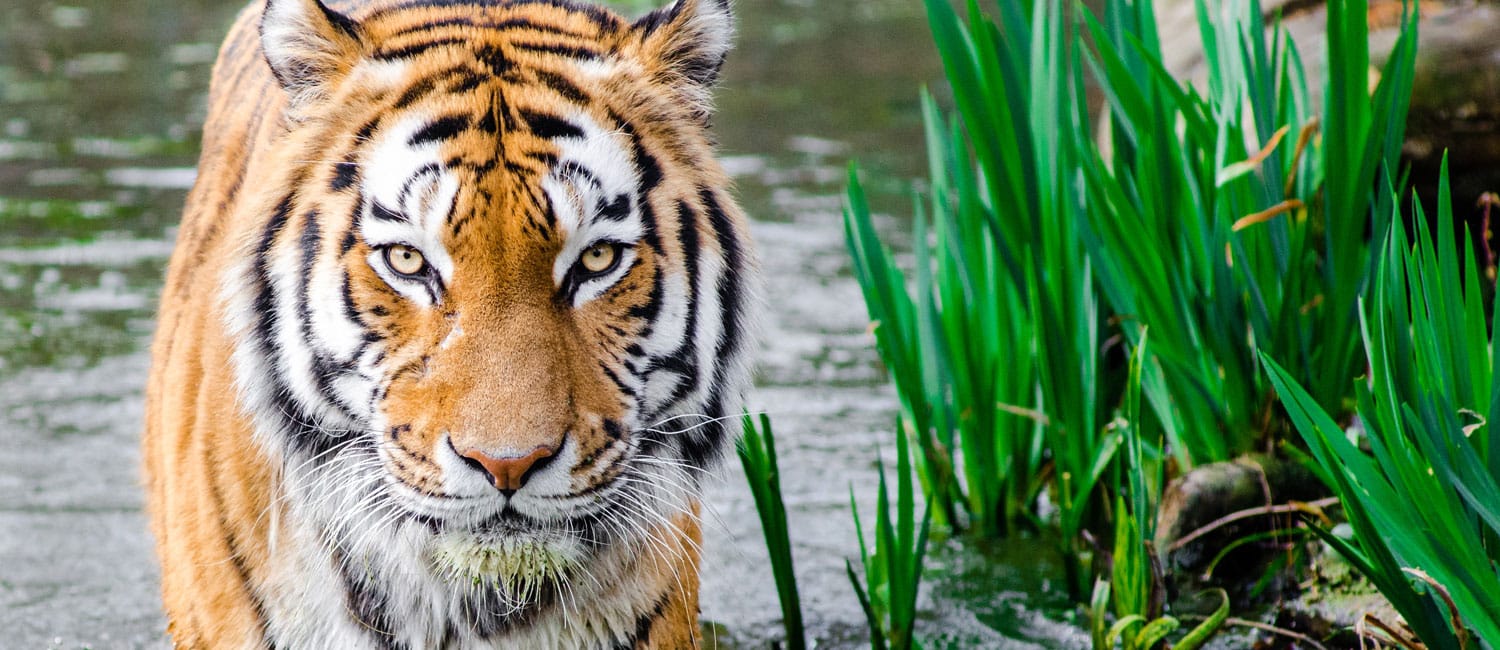India’s 2018 Tiger Census has created history by making it into the Guinness World Record. This feat is for being the largest on-camera wildlife survey in the world. Cameras, placed in 26,838 locations across 141 different sites surveying an operative expanse of 121,337 square kilometers, have made the accomplishment possible.
The fourth cycle of the All India Tiger Estimation 2018 had assessed a total of 2,967 tigers in India as compared to 2,226 in 2014 which shows an increase roughly by one third.
On July 29 last year on the occasion of the International Tiger Day, the Indian Prime Minister Narendra Modi had announced the 2018 census results. India constitutes 75 percent of the world’s total tiger population.
“The All India Tiger Estimation is now in the Guinness World Records for being the largest camera trap wildlife survey, a great moment indeed and a shining example of Aatmanirbhar Bharat (self-reliant India),” Union Environment Minister Prakash Javadekar took to Twitter sharing the news to the world.
“Under the leadership of PM @narendramodi, India fulfilled its resolve to double tiger numbers 4 years before the target through #SankalpSeSiddhi” he added while sharing a photo of the World Record Citation.
Under the leadership of PM @narendramodi, India fulfilled its resolve to double tiger numbers 4 years before the target through #SankalpSeSiddhi. @GWR @PMOIndia pic.twitter.com/ChnPkCEzUG
— Prakash Javadekar (@PrakashJavdekar) July 11, 2020
“Ground surveys and camera traps recorded tiger presence in 88,985 km2 (34,357 sq mi) of forests across 20 Indian states in 2018–19. The “lion’s share” of the tigers were found in the states of Madhya Pradesh, Karnataka, and Uttarakhand: together, these three Indian states were home to 1,492 tigers,” the Guinness World Record website suggests.
“There is hardly any parallel of such a focused species-oriented program like Project Tiger across the world, which started with 9 Tiger Reserves, with 50 tiger reserves currently. India has now firmly established a leadership role in tiger conservation, with its benchmarking practices being looked at as a gold standard across the world,” the Ministry of Environment, Forest and Climate Change (MOEFCC) said in an official statement.
Survey Method
National Tiger Conservation Authority (NTCA) and the Wildlife Institute of India (WII), under the Government of India, had conducted the three-phased survey in 2018 in association with the forest departments of the states and a number of conservation-NGOs. These surveys are being carried out every four years since 2006.
“The fourth iteration of the survey – conducted in 2018–19 – was the most comprehensive to date, in terms of both resource and data amassed. Camera traps (outdoor photographic devices fitted with motion sensors that start recording when an animal passes by) were placed in 26,838 locations across 141 different sites and surveyed an effective area of 121,337 square kilometers (46,848 square miles). In total, the camera traps captured 34,858,623 photographs of wildlife (76,651 of which were tigers and 51,777 were leopards; the remainder were other native fauna). From these photographs, 2,461 individual tigers (excluding cubs) were identified using stripe-pattern-recognition software,” mentioned the official website of the Guinness World Records.

Apart from the unparalleled camera usage, the website also complimented the census for “extensive foot surveys that covered 522,996 km (324,975 mi) of trails”, sampling of “317,958 habitat plots for vegetation and prey dung”, and an estimated study of the area spanning 381,200 km2 (147,181 sq mi). “Cumulatively the collection and review of data equated to some 620,795 labor-days,” it added.
The results of the assessment are extrapolated from the collected data through the statistical computation method.
The Criticisms
The academic community and the statistical experts of the country had pointed to several methodological flaws of the survey. An academic article titled ‘How sampling-based over dispersion reveals India’s tiger monitoring orthodoxy’ by Arjun M. Gopalaswamy of the Indian Statistical Institute and others had questioned the fundamental enumeration techniques adopted in the survey.
“The criticisms leveled so far have ranged from fundamental mathematical flaws, design deficiencies and manipulation of photographic data, and a total lack of transparency in data-sharing with independent scientists capable of reliably reviewing the analyses and results,” a statement issued by the Centre for Wildlife Studies (CWS), Bengaluru mentioned.
“The government surveys assume that a tight predictive relationship exists between real tiger numbers and their sign,” the release further added. The paper authors have suggested a comprehensive reanalysis of the survey method bearing effective results.
“The Prime Minister needs to create a bold new public-private partnership of qualified scientists and conservationists, to employ modern rigorous survey methods to generate reliable results to guide the conservation of our national animal,” said one of the paper’s authors and wildlife scientist Mr. Ullas Karanth from the Centre for Wildlife Studies.
Despite these criticisms, MOEFCC has completely nullified the chances of over-estimation during the survey. “The Wildlife Institute of India had applied for this Guinness World Record with our (NTCA) approval soon after the results were declared by the Prime Minister. We stand by our numbers and estimation methodology. In fact, out of the estimated 2967 tigers, 2461 tigers or 83 % of them have been individually captured. If anything, the numbers are conservative,” former member secretary of the National Tiger Conservation Authority Anup Kumar Nayak stated.
The Indian Board for Wildlife had adopted ‘tiger’ as the National Animal in 1972. The selection was made based on its vivid presence over the large parts of the Indian territory and as a symbol of strength, resilience, and dexterity.
Despite its value in the Indian context, in 2010 the number stooped to 1,411 leading to the needs of greater conservation of the big cat species. The progress made over the decade can be rendered commendable and deserves plaudits.
Keeping up with the progress would require greater vigilance, conservation methods, restoration of prey habitats, and perhaps a greater inclusion of the voices of the Indian scientific community.

